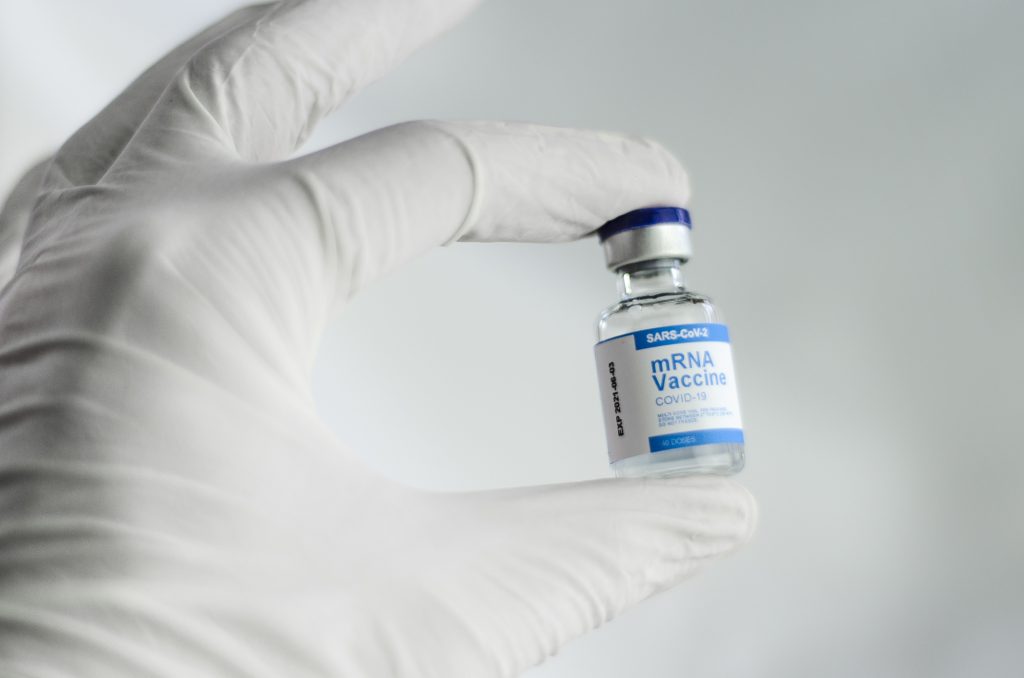DNA contamination from mRNA vaccine manufacturing

DNA is present in the COVID-19 mRNA vaccines due to the manufacturing process – this has been verified by the FDA, Health Canada, and the European Medicines Agency.
The mRNA vaccines are made from DNA; some of this DNA persists in the final product due to insufficient clearance. Initially, Pfizer reported that it would use a PCR machine to produce the DNA for its mRNA vaccine. The PCR machine first makes many copies of DNA, which is then sequenced into RNA. However, because this process wouldn’t be fast enough to meet their planned production numbers, the vaccine manufacturers switched to using bacteria to mass-produce DNA as the template for the mRNA vaccine.
In this process, vaccine manufacturers introduce bacterial DNA containing the vaccine spike sequences. The bacteria make many copies of this spike DNA as they divide. This spike DNA is then harvested and transcribed into mRNA in a machine. The mRNA is then packaged into lipid nanoparticles for use in vaccination.
Some bacterial DNA containing spike protein and other sequences could be packaged into lipid nanoparticles during the process, which would then be transported into cells during vaccination; in fact, Kevin McKernan’s earlier works have demonstrated this.
In addition, works by molecular virologist David Speicher have also shown that the amount of DNA in the mRNA vaccine vials is higher than the FDA’s allowable threshold of 10 nanograms per vaccine dose.
Ultimately, Kevin McKernan highlighted that compared to previous vaccines, mainly composed of naked DNA that had difficulty entering the cells, the DNA carried in the mRNA vaccines presents greater health risks, as it is packed into lipid nanoparticles and delivered straight into the cells.
